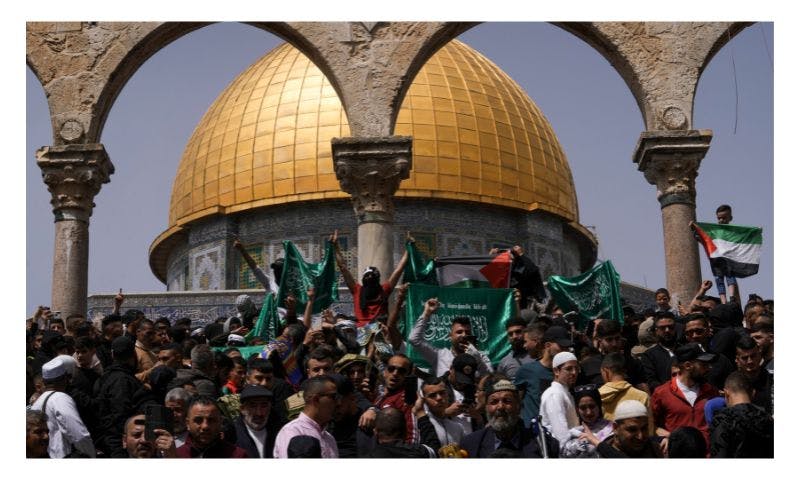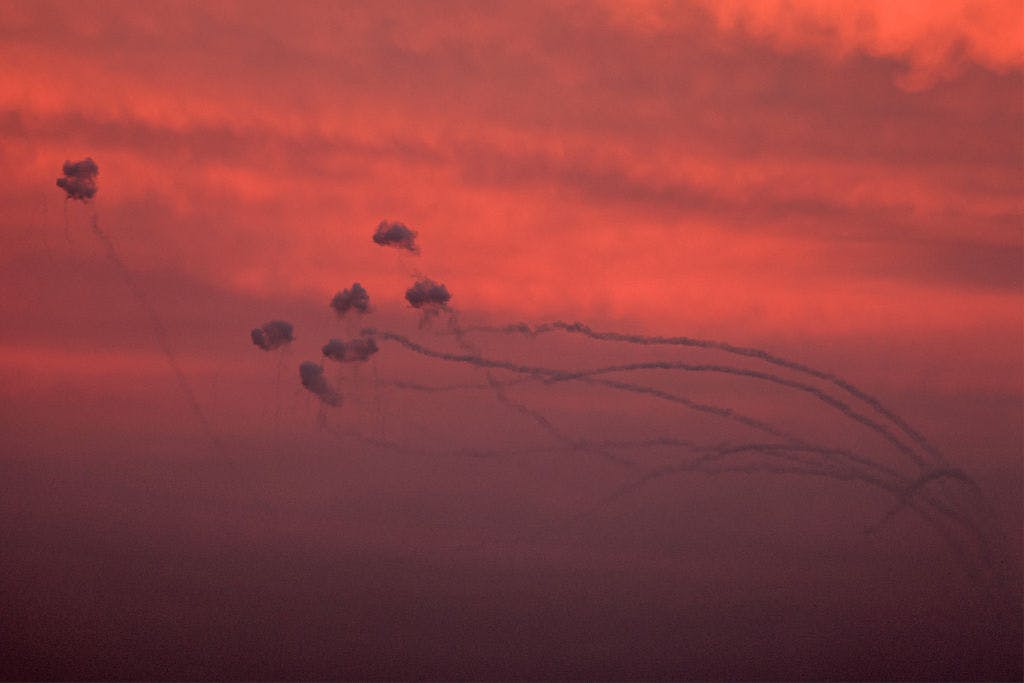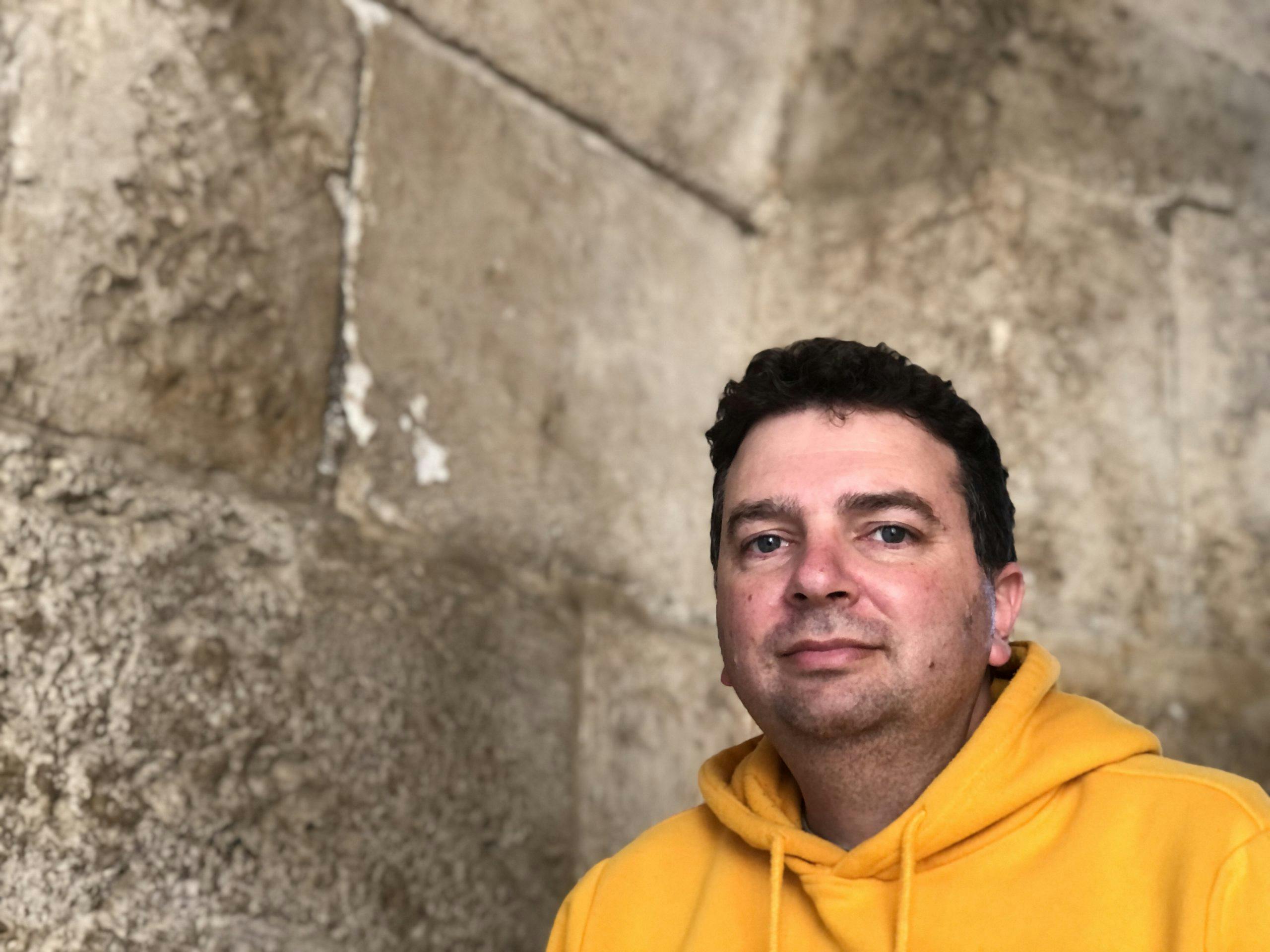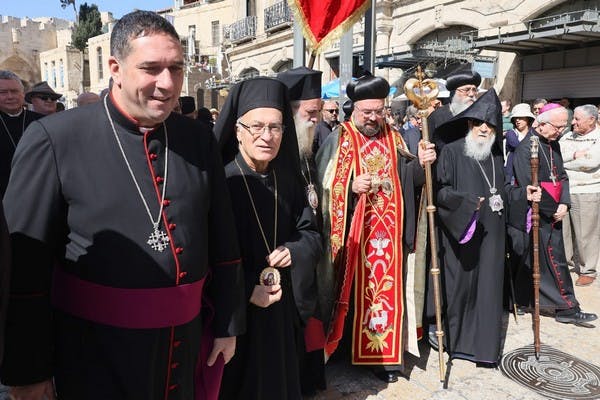Published: 11 April 2023
Last updated: 5 March 2024
Since Pesach began, Israel has faced deadly terror attacks in Tel Aviv and the West Bank, rockets from Lebanon and Syria, and a protest that saw hundreds of Palestinians evicted from Al-Aqsa. DROR DORON explains why.
Over the past few weeks numerous speakers from the Israeli security establishment raised the warning: as the Jewish Passover and the Muslim Ramadan approached, Israel might face simultaneous security challenges on multiple fronts – the Gaza strip, Jerusalem and the West Bank, as well as the northern border with Lebanon and Syria.
Since Pesach began last Thursday, a tourist was killed and seven people injured in a ramming attack in Tel Aviv, two sisters and their were killed in a shooting in the West Bank, dozens of rockets were fired on northern Israel in separate attacks from Lebanon and Syria, and hundreds of people barricaded themselves inside the Al-Aqsa mosque compound. Israel has responded with airstrikes on Syria, Lebanon and Gaza and a police operation that turned violent at Al-Aqsa.
These events demonstrate that unfortunately accurate predictions were not enough to prevent an unwanted scenario or the potential for further escalation, which remains very much present.
The driving force behind the fast military escalation is the Hamas. The timing and chosen “trigger” are also obvious: the manipulation of Muslim and Jewish religious sensitivities during Ramadan and Passover to justify military action as a ploy to “defend the holy mosques in Jerusalem from a Jewish usurpation”.
The ongoing civil crisis enveloping Israel did not have any bearing on Hamas’s decision to take this action now. The timing is based on the Muslim and Jewish holydays happening simultaneously. Two years ago, Hamas exploited another sensitive moment: the Jerusalem Day parade by far-right activists around the old city during Ramadan, which led to the Gaza conflict in May 2021.
This time, as in 2021, Jewish radical right-wing activists played right into the hands of Hamas, with their provocative attempt to revive an ancient ceremony of live animal sacrifice on the Temple Mount, a uniquely holy site for both religions. Despite these attempts being foiled by the Israeli police, the domino effect began and has fallen directly at Hamas’ feet.
Hamas is clearly trying to portray itself as the protector of the holy sites in Jerusalem and is achieving dominance in the Palestinian Arena.
A group of Muslims barricaded themselves inside the Al-Aqsa holy mosque answering the call, exacerbated by Hamas on the social networks, to protect the Mosque from the “Jewish invasion”.
The police feared that the barricaded Palestinians would prevent Jewish (and Muslim) peaceful prayers the next day. After hours of failed attempts to exhort the barricaded Muslims to leave the place, Israeli police, predictable as always, stormed into the mosque.
Upon doing so, Hamas achieved its purpose: videos of armed Israeli police forcing their way into the holiest mosque in Jerusalem. Sooner rather than later, an overwhelming condemnation of the Israeli acts was issued by various Arab leaders and the EU.
By this point Hamas had gained its public legitimacy to further intervene and escalate the situation around the holy sites with the intention of inciting the population of the West Bank and drag them into the conflict.
The Hamas leadership chose to fire a limited number of rockets from the Gaza Strip into southern Israel, as it has done on numerous occasions in the past.
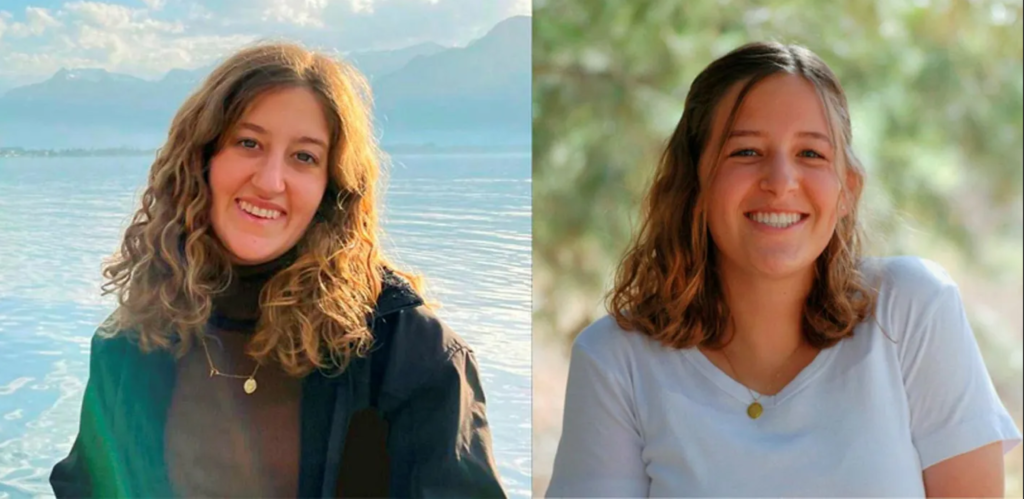
However, it also opened a second front by launching the largest salvo of rockets seen in the last 17 years, from Lebanon into northern Israel. The photos arriving from Lebanon, showing Hamas and other Palestinian military groups leaders meeting, conveyed the message that Hamas is carrying out a well-calculated plan trying to exploit the sensitive situation in Israel. Hamas is clearly trying to portray itself as the protector of the holy sites in Jerusalem and is achieving dominance in the Palestinian Arena at the expense of the PA.
At the moment, it is still unclear if Hezbollah (the dominant military force in Lebanon) is aware of Hamas’s plans and what role Iran’s Revolutionary Guard commanders in Syria and Lebanon are playing in the unfolding events.
In the past, Hezbollah has acted to prevent Hamas from using its military infrastructures in Lebanon against Israel, to avoid challenging the status quo along the Israeli Lebanese border and risk a devastating war.
Accordingly, shortly after the rockets were launched from Lebanon, Hezbollah quickly distanced itself from the attack. Concurrently, Israel was cautious not to point at Hezbollah as the responsible party. This mutually cautious behaviour reflects the deep reluctance of both sides towards being dragged into a military conflict.
The Iranian part in the unfolding events is even more ambiguous. Revolutionary Guard (IRGC) representatives in Lebanon and Syria hold close ties with various Palestinian groups, supplying them with money, training and arms.
The deaths of two IRGC members during last week's Israeli air raids on Iranian and Hezbollah infrastructure in Syria, and the Iranian failed attempt to retaliate by sending a drone into Israeli air space, only add to Iran’s motivation to be part of a move against Israel at present.
In addition to those military threats, the events around the mosques in Jerusalem sparked a civilian unrest among the Muslim population inside Israel. Violent demonstrations answering the call to protect the mosques erupted in several few Arab cities, forcing the police to reallocate manpower to bring back peace to the streets.
Israel decision-makers face a complicated situation. A wrong move might escalate to a full-scale confrontation that Israel, the PA and Hezbollah would like to avoid.
Israel decision-makers face a complicated situation. A wrong move on any of the fronts – Gaza, Jerusalem, the West Bank or Lebanon – might escalate to a full-scale military confrontation that Israel, the PA and Hezbollah would like to avoid.
On the other hand, Hamas, in conjunction with other Palestinian militant groups and most probably Iran, are playing a much riskier game. In the hopes of deflecting Israeli military pressure from Gaza to the West Bank and other fronts, they are looking to instigate a popular unrest that will result in toppling the Palestinian Authority.
Navigating a sensitive security challenge is difficult for any government. But the current Israeli leadership is facing this complex situation, involving numerous actors with different motivations, while its own domestic politics are unstable.
In this context, the right-wing government's supporters will probably call for a tough military response “to show them once and for all”, even risking a further escalation. The opposition will most likely suspect any such militant policy as a political manipulation meant to galvanise the Israeli public behind the government against an external threat, and not as a security necessity.
Top photo: Palestinians hold the Palestinian national flag and the flag of the Hamas militant group during a protest at the Al-Aqsa Mosque on Friday(AP Photo/Mahmoud Illean)
